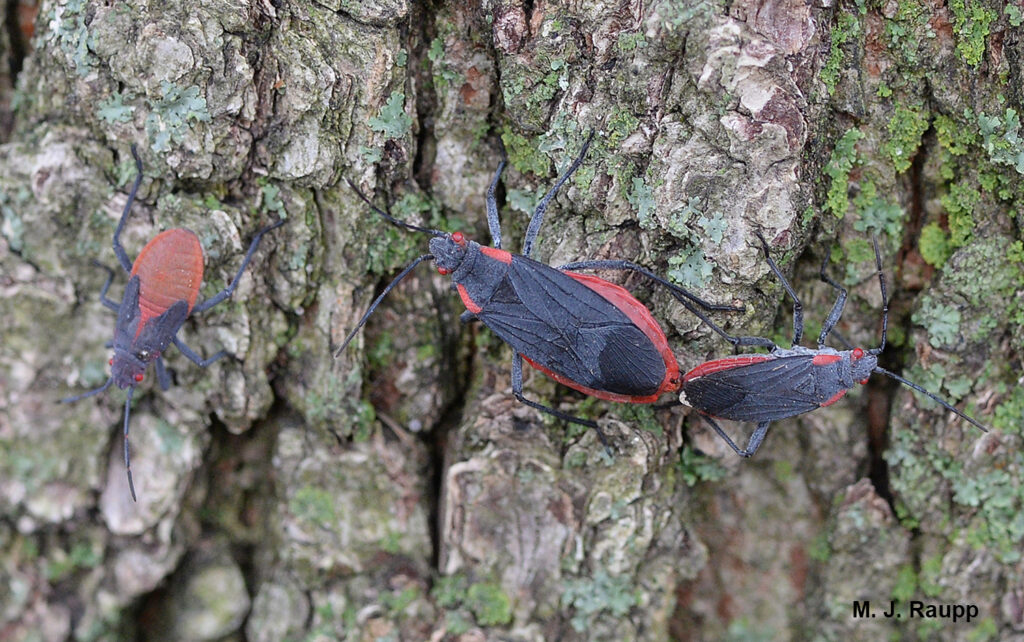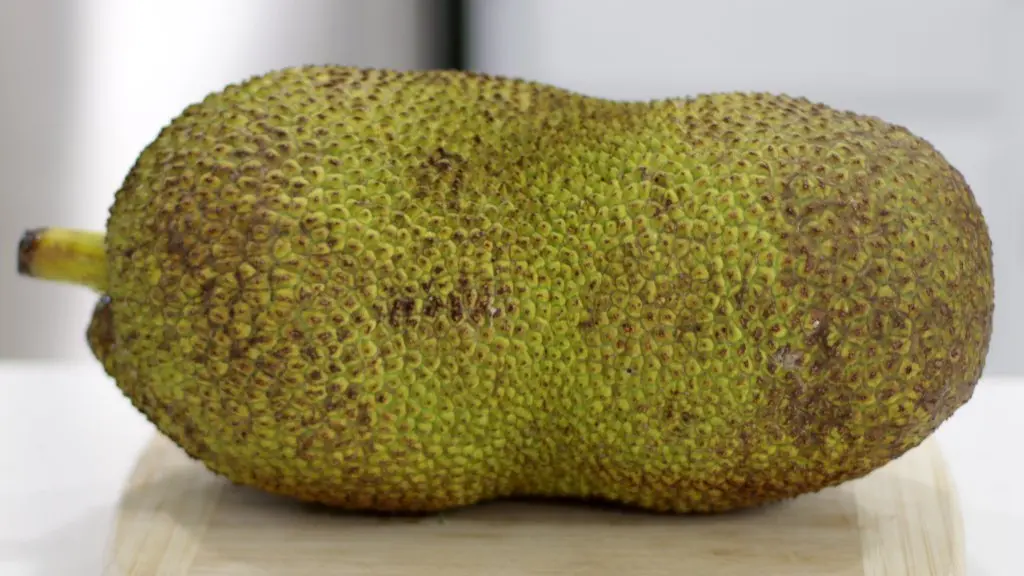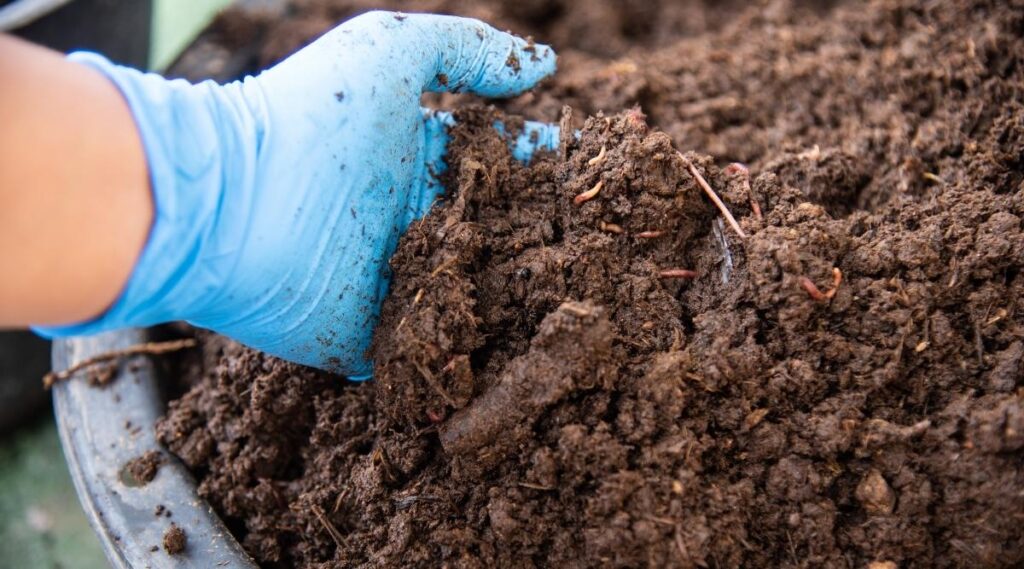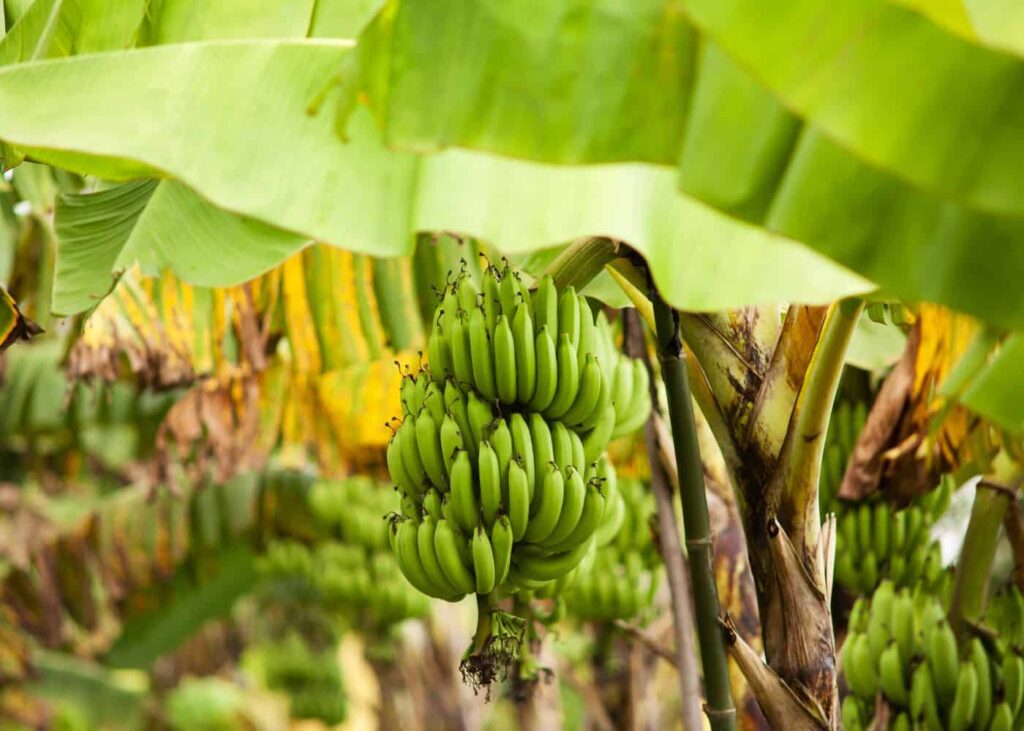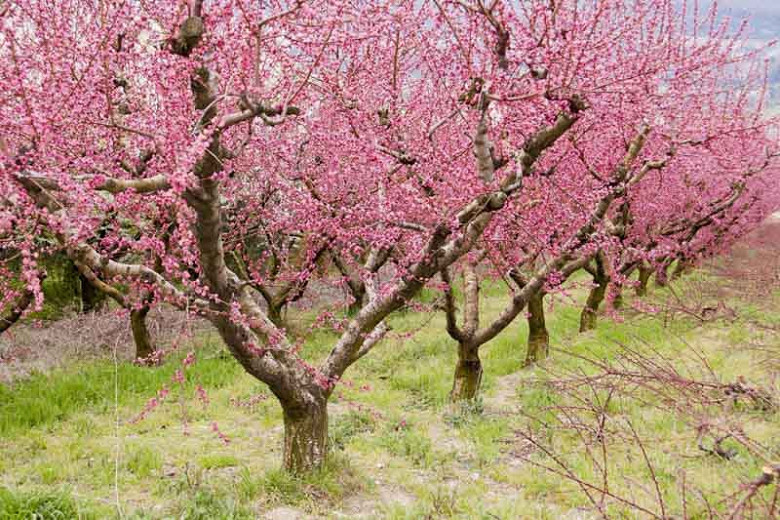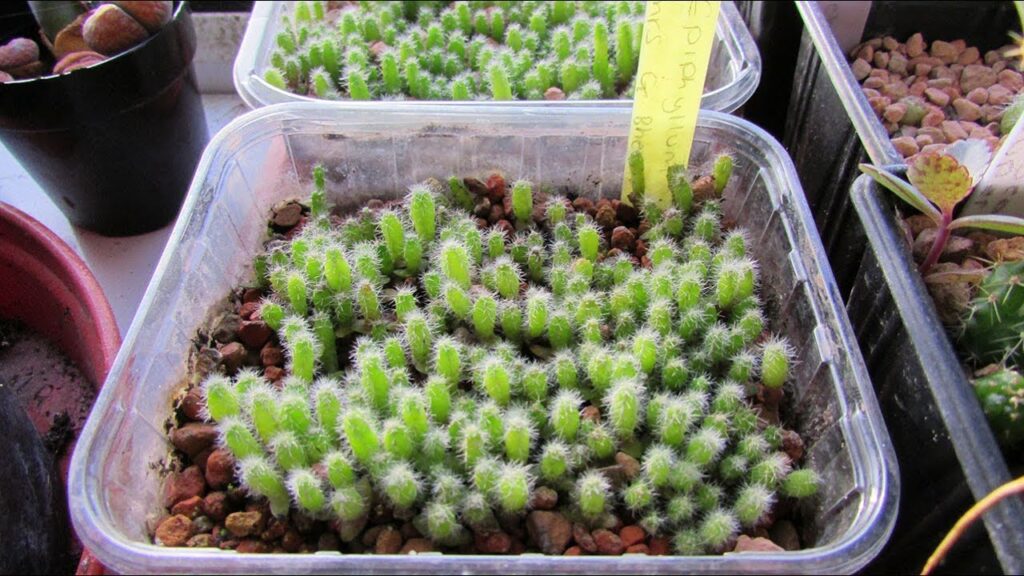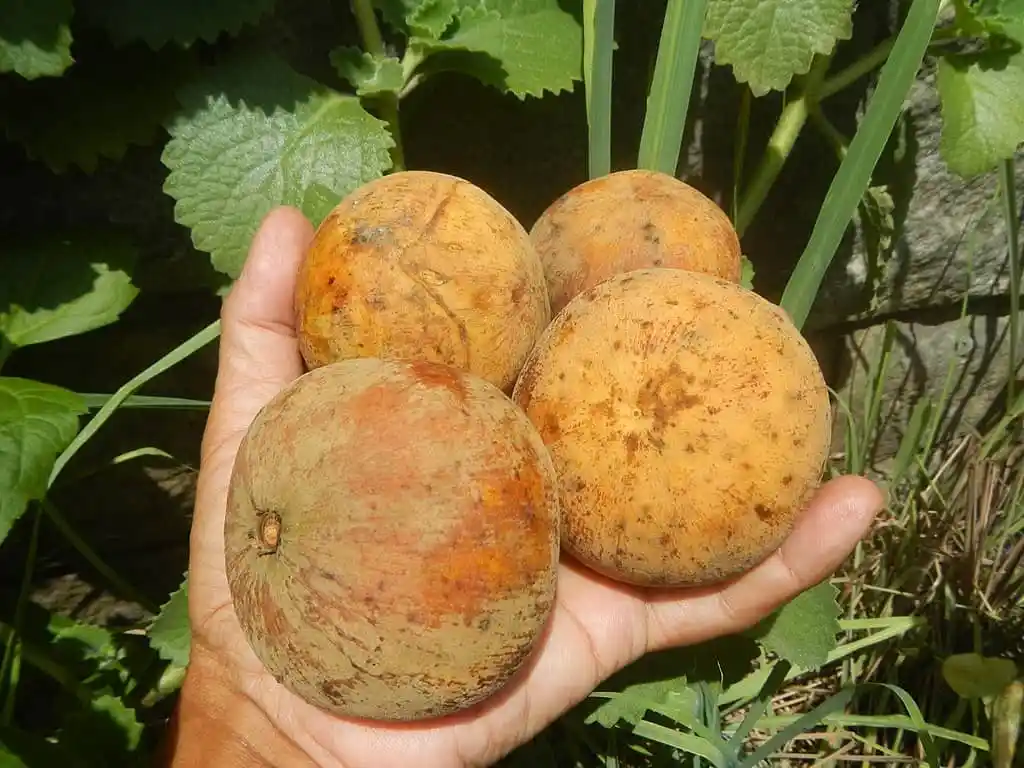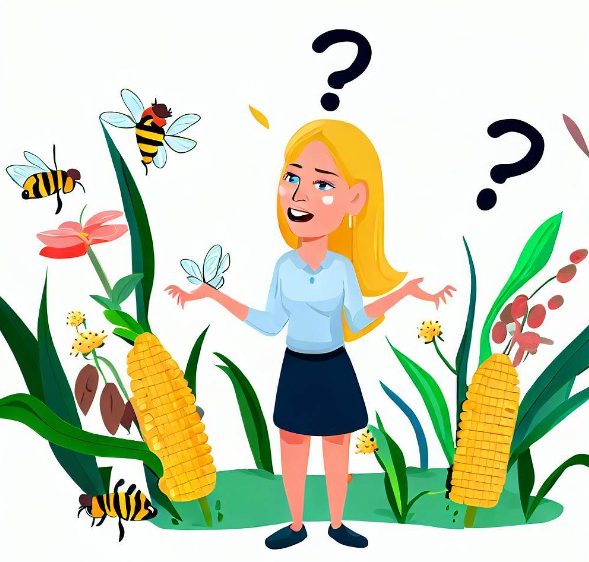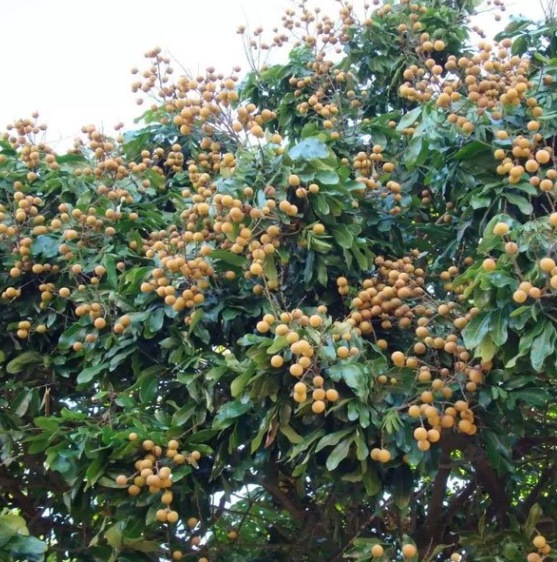If you love fruit trees but don’t like waiting too long, you’ll be happy to know there are some that give you fruit in just one year! We’ll show you 12 of these fast-growing fruit trees that let you enjoy the fruit much sooner.
Table of Contents
- Why Quick-Fruit Trees Are Great
- Choosing the Right Quick-Fruit Trees
- 12 Quick-Fruit Trees for Your Garden
- 1. Papaya Trees
- 2. Banana Trees
- 3. Raspberry Bushes
- 4. Blackberry Bushes
- 5. Blueberry Bushes
- 6. Elderberry Bushes
- 7. Kiwi Vines
- 8. Passion Fruit Vines
- 9. Gooseberry Bushes
- 10. Currant Bushes
- 11. Haskap Bushes
- 12. Chayote Vines
- Conclusion
Why Quick-Fruit Trees Are Great
Most people think you have to wait a long time for fruit trees to make fruits. But there are some trees that grow fruits much faster. These special trees were made or picked to give you fruit quickly.
Quick-fruit trees are awesome because you don’t have to wait a lot to see the results. You get to enjoy the fruits really soon, and it feels great to see your hard work pay off quickly.
Choosing the Right Quick-Fruit Trees
Before you pick a quick-fruit tree, think about your soil. Each type of fruit tree likes a certain kind of soil, so choose one that will be happy in your garden.
Also, think about the weather where you live. Some trees need certain temperatures to grow well..
Finally, look at how much room you have. You want to make sure the trees have enough space to grow.
12 Quick-Fruit Trees for Your Garden
Let’s dive into the 12 fruit trees that will surprise you with fruit in the first year:
1. Papaya Trees
Papaya trees (Carica papaya) are amazing because they grow so fast. About 9-12 months after you plant them, they usually start making fruit. These tropical trees have big leaves and fruits that look like big melons.
Papayas love the heat, need soil that drains well, and lots of sunlight. They have male and female plants that you need to have together so they can make fruit.
The fruit of papayas is long and can be orange or yellow with sweet flesh inside. They are very healthy and full of good stuff like vitamins A and C, fiber, and things that help fight disease.
2. Banana Trees
Bananas can start showing their first bunch of bananas between 10-20 months after you plant them. They grow from shoots called suckers, which come from a big banana plant. These suckers need a year to grow before they start making flower stalks.
Banana trees need to be taken care of well. They do best where it’s warm or even a bit hot, and they don’t like it when it gets too cold. They need soil that doesn’t hold too much water and lots of organic material. They also need enough water to stay moist, and lots of sunlight, like six to eight hours a day. If it gets very hot or cold, you may have to protect them or give them some extra care.
3. Raspberry Bushes
Raspberry bushes (Rubus idaeus) can give you fruit in the first year you plant them. These plants lose their leaves every year and are related to roses. They are famous for their yummy, tangy berries.
There are two kinds of raspberry bushes: those that only bear fruit once a year in the summer, and those that bear fruit twice. The double-fruiting kinds usually give their first berries in the first year. Raspberries like soil that drains well, lots of sun, and enough water.
Raspberries come in many colors, like red, black, yellow, and purple, each with its own taste. They are great to eat fresh, or you can bake them in pies or make jams and other yummy things.
4. Blackberry Bushes
Blackberry bushes (Rubus spp.) are like raspberry bushes and can give you some fruit in the first year. These bushes have thorns and grow really fast. They have dark, juicy berries that are delicious.
Blackberries need well-draining soil, full sun, and room to grow. There are two types you can plant: ones that stand up by themselves and ones that spread across the ground or climb on things. Each kind tastes a bit different—from super sweet to a little tart. Blackberries are great fresh, in smoothies, or used in desserts and for making jams.
5. Blueberry Bushes
Blueberry bushes (Vaccinium spp.) can sometimes give you a bit of fruit in the first year, but usually, they start producing more after a few years. These bushes with leaves that fall off each year are loved for their berries that are both sweet and a bit sour, and they are full of good stuff for your health.
Blueberries like soil that is a bit acidic and drains well. They grow best when winters are cool and summers are not too hot. They need sunlight but can also grow in a bit of shade, and they need regular watering. You can find many kinds of blueberries, each with its own taste, size, and feel. Blueberries add a pop of flavor and color to your garden and the food you make.
6. Elderberry Bushes
Elderberry bushes (Sambucus spp.) can make some berries in their first year, but don’t expect too many. These bushes have leaves that fall off every year and make small bunches of dark purple-black berries.
Elderberries like soil that’s rich and drains well. They grow really fast and can get quite big. They are known for their tiny white flowers that turn into lots of little berries. These berries are not only tasty but also good for you; people often use them to help fight colds and flu.
Elderberries like places with full sunlight but can also grow if they get a little shade. It’s important to keep their soil moist, especially when they are just planted or when the weather is dry. When you harvest elderberries, you can eat them fresh or use them to make sweet treats like pies, jams, and syrups.
Elderberry plants need soil and sunlight from full blast to just a little shade. They’re pretty simple to grow and don’t fuss much about the type of dirt they’re in. Their taste is a bit sour but somewhat sweet too, which is perfect for making things like jam, syrup, wine, and even natural remedies.
But be careful, because some elderberry types have parts like leaves, stems, and not-yet-ripe berries that can be harmful. So, handling and getting them ready the right way is really important. Still, with their cool taste and the health perks they might have, elderberries could be a great pick for your garden and for keeping you healthy.
7. Kiwi Vines
Kiwi vines could start popping out fruits in the first year if you get big plants instead of starting from tiny seeds. These strong climbing plants make the sweet and sour snack known as kiwi. Kiwis do their best when they have something solid to grow on, like a trellis. They’re happy in soil that drains well, with lots of sun or a bit of shade, and they need to be safe from harsh winds.
Kiwis come in boy and girl plants, so you need both or a kind that can make fruit by itself. Kiwis are stuffed with vitamin C, fiber, and stuff that’s good for you, not to mention they taste amazingly fresh. Add them to a fruit salad, dessert, or smoothie, and they’ll make everything feel a bit more like a tropical party.
8. Passion Fruit Vines
Passion fruit vines could give you fruits to enjoy within a year of planting. These energetic climbers are special because of their super tasty and wrinkly little fruits filled with seeds and an amazing smell. They like to curl up on things like trellises and need good dirt, plenty of sunlight, and warmth to be happy. You can start them from seeds or cuttings.
There are different kinds of passion fruits, each with its own flavor and color, from sweet and tart to tropical and flowery. The fruity middle part is really fragrant and great for desserts, drinks, and sauces. Passion fruits will bring something really special and fancy to both your garden and your favorite recipes.
9. Gooseberry Bushes
Gooseberry bushes might surprise you with some berries in their first year, but don’t expect a big bunch. These leafy shrubs have pretty and little berries that have a tart and tangy bite. They’re happiest in soil that drains well, with some sun but not too much, and they need regular drinks of water. You can find gooseberries in different colors like green, red, and yellow.
When they’re fully ripe, you can munch on them right off the bush or whip them up into pies, jam, jelly, and other sweet treats. They’re also bursting with vitamin C and antioxidants. Gooseberries will make your garden look lovely and your food taste even better.
10. Currant Bushes
Currant bushes might give you a few berries in their first year. These leaf-dropping shrubs have bunches of little, sour berries that you can find in red, black, and white shades. Like gooseberries, they love soil that lets water through, a mix of sun and shade, and they need water regularly. They’re easygoing plants and can handle cooler weather. Currants are amazing for making all sorts of yummy stuff like jam, jelly, desserts, and even dishes that aren’t sweet.
They’ve got a nice mix of sweet and sour and are loaded with good things like vitamins, minerals, and antioxidants. Enjoy them fresh, cook them up, or keep them for later, and you’ll find currants are a tasty bonus for your garden and your dinner table.
11. Haskap Bushes
Haskap, or honeyberry bushes, might start with a small bunch of berries in their first year. These drop-their-leaves bushes are part of the honeysuckle bunch and have longish berries that taste really special and interesting.
They want well-draining soil, a balanced amount of sun and shade, and they like it a bit chillier. Most of the time, you’ll start these from smaller plants or from cuttings. Haskap berries are deep blue-purple to reddish-pink and taste like a mix of blueberry, raspberry, and blackberry. They’re super for your health, with lots of antioxidants and vitamins. Haskap berries can make your garden and meals both healthier and more delightful.
12. Chayote Vines
Chayote vines, also known as vegetable pears, can start giving you fruit within the first year. These perennial vines are from the gourd family and are known for their edible, crispy fruit. They need some strong support to grow up and do best in soil that drains well and gets a good dose of sun to light shade, in areas that are warm.
The fruits look a bit like pears and their color can be light or dark green. They’re really flexible in the kitchen and you can throw them into salads, stir-fries, stews, and even sweet stuff. Chayote fruits will give you something different and delicious for your garden and your meals.
Conclusion
If you’re looking forward to some quick fruit snacks from your own backyard, think about giving fast-growing fruit trees a go. These types can make you super happy with homegrown treats in just about a year, which will spice up your garden and your cooking fun.
Pick from apple, citrus, peach, or other speedy fruit trees, and you’ll find that the rewards are totally worth the little work. So why hang around? Dive into planting your fruit tree garden now and start enjoying a tasty and plentiful harvest.
